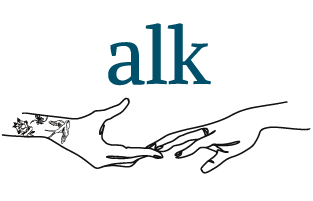Museums and cultural institutions can play an important role in making social change. People trust museums as authorities on history, art, culture, and science, as well as visit museums for inspiration, discovery, and informal learning.
When I was growing up, I can’t remember ever learning about LGBTQIA+ people in a museum. Now that is changing! Museums are intentionally thinking about how to stay relevant and expand their audience, and that means authentically including queer people in every aspect of their work.
Despite national attacks of LGBTQIA+ rights, this Pride Month, I saw more and more museums celebrating June in creative ways.
Here is your 2023 Pride Month Roundup.
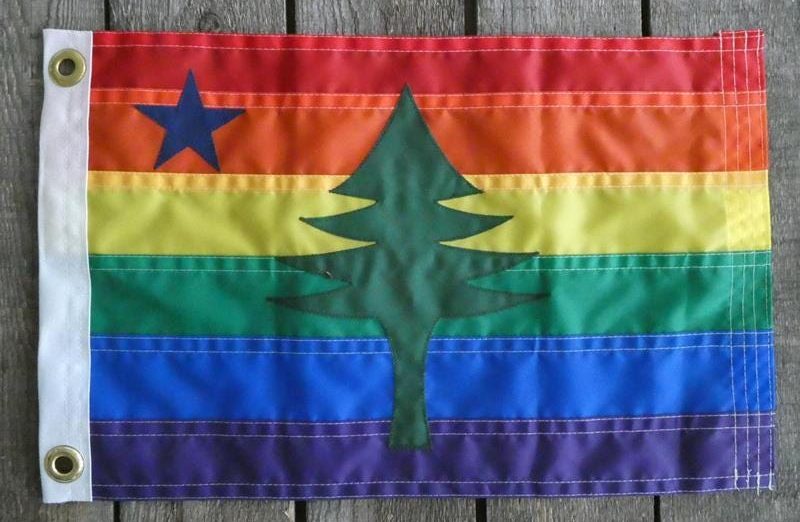
Coastal Maine Botanical Gardens
A crucial part of equity is investing in traditionally underrepresented communities. That is why I love the curated shop collection at Coastal Maine Botanical Gardens. Featuring items made by local queer artisans, this collection highlights the creativity of the queer community while also putting money into queer pockets. The collection features unique home goods and jewelry that you might not expect to find in a garden shop. However, Coastal Maine Botanical Gardens made an intentional decision to feature these products as part of the Pride Month celebrations.
Cummer Museum
The Cummer Museum continues set an important example of intersectional inclusion time and time again. I had the privilege of learning about them through the LGBTQ+ Museum Staff & Students network in 2020 and have been keeping up with them ever since. During Pride Month, the intersections of our community often get erased. As the tentpole event of their incredible lineup of events, the Duval Folx Pride Dance Party was a celebration of the BIPOC queer community. The event was created by GeeXella, a Black Latinx nonbinary activist and DJ extraordinaire from Atlanta, GA. Further, the Cummer Museum is located in Florida, which has been rampantly stripping away rights for queer individuals and families. More museums need to follow the Cummer Museum’s lead, flip the power dynamics, and let queer, BIPOC, and other traditionally underresourced communities lead the narrative of how a museum can be relevant to the community.
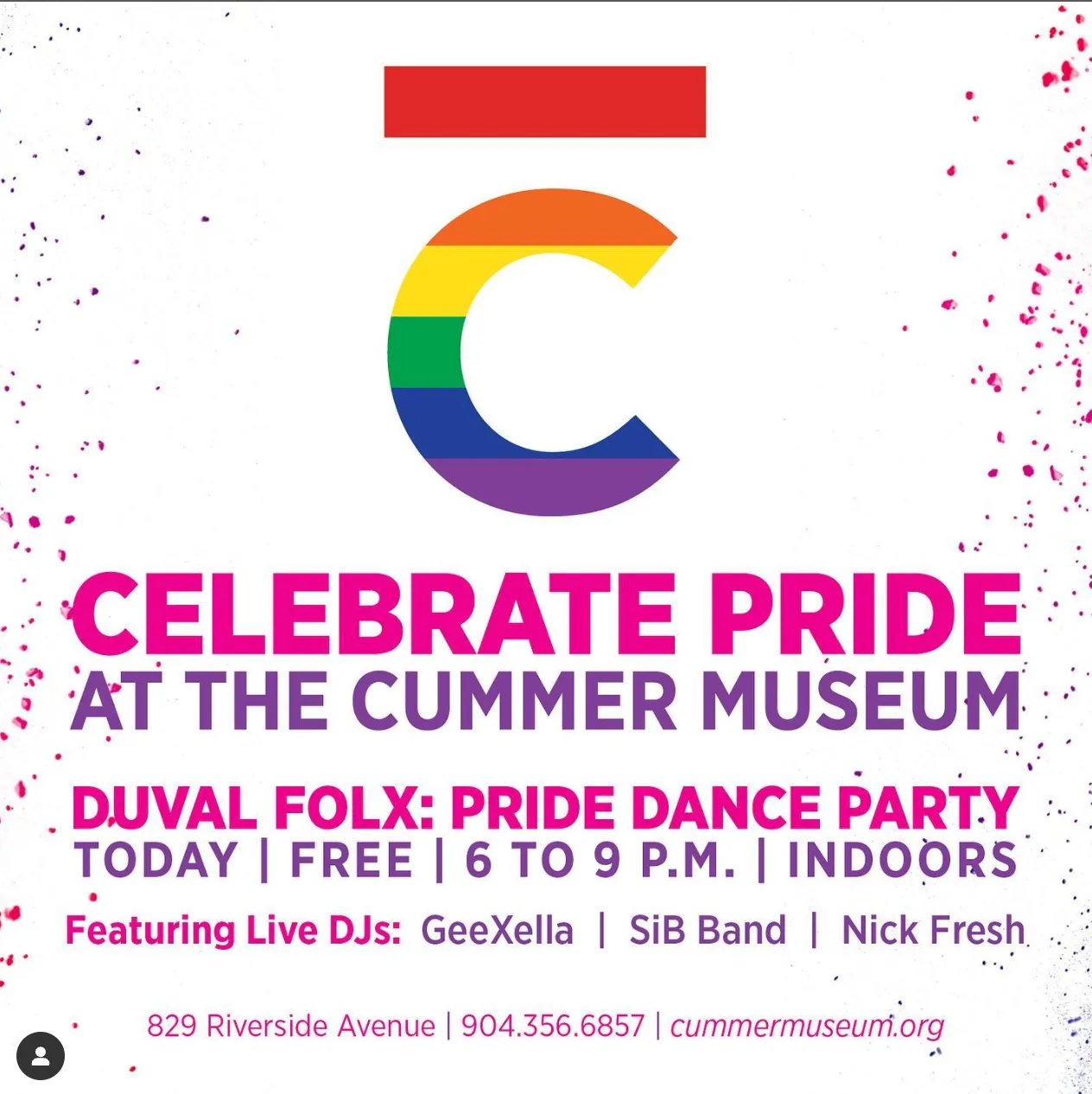
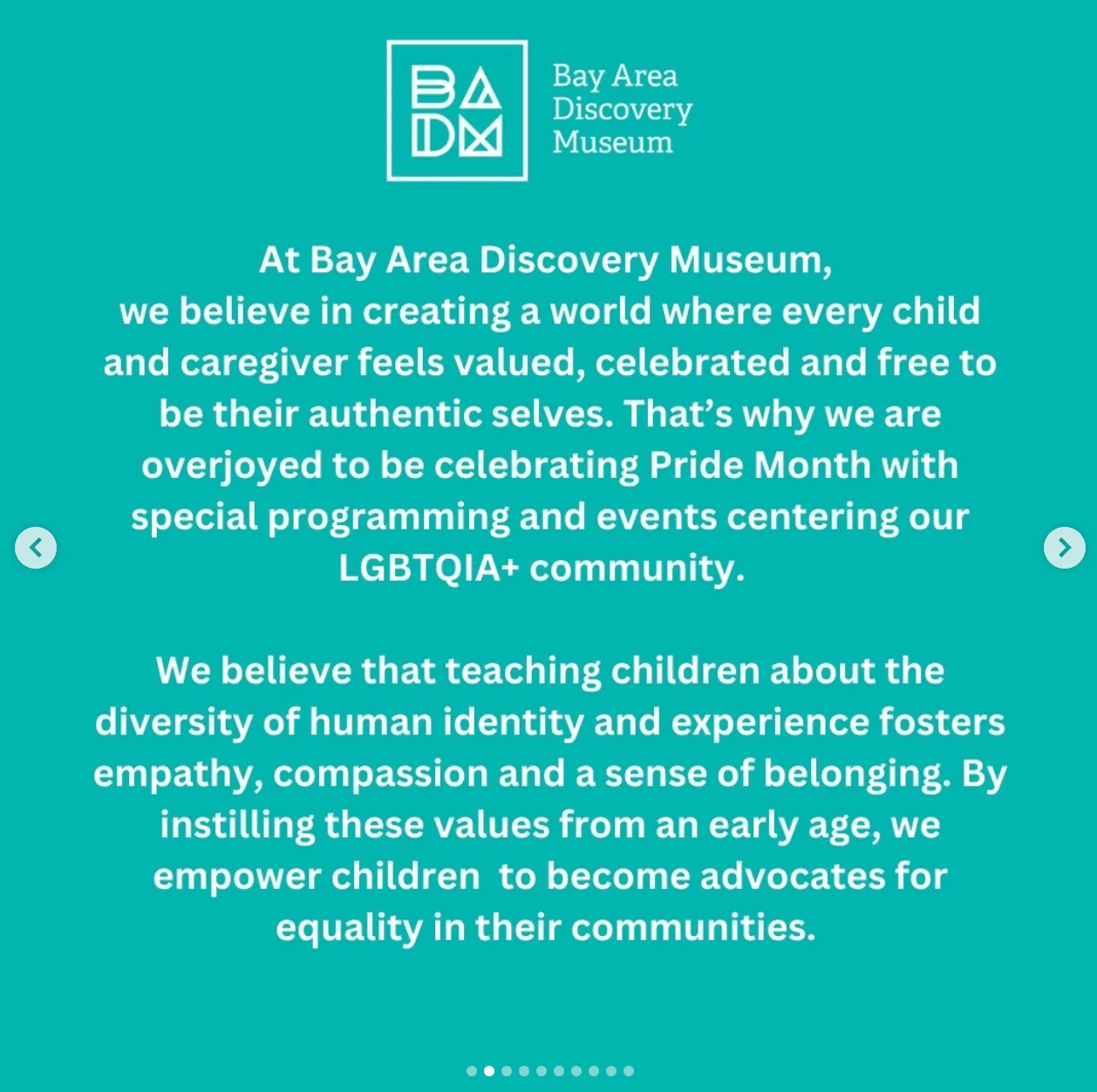
Bay Area Discovery Museum
LGBTQIA+ folx have been accused of being groomers and deviants for decades. This Pride Month, that narrative has felt even more potent against trans individuals and drag performers. Rather than caving in to that narrative or avoiding Pride Month altogether, the Bay Area Discovery Museum took a very active stance of inclusion on social media this month. They double-downed on the importance of teaching children about the diversity of their community and expansiveness of gender. Their post featured tips about how to talk about gender and sexuality with children of all ages, which is not something that parents and caregivers are often provided. This important post introduced visitors to a line-up of family-friendly events to support queer and allied families.
Minnesota Historical Society & Mill City Museum
Marking the Minnesota Historical Society’s first LGBTQIA+ exhibit, “Going Out, Coming In” celebrates the queer community of Downtown Minneapolis from the 1940s-2000s. LGTBQIA+ identities and spaces are not new. At times, they may have been more covert due to legal and societal discrimination. However, there have also been periods of great visibility and celebration. “Going Out, Coming In” presents an in-depth timeline of the queer experience in the Twin Cities, allowing the community to have greater appreciation and insight into the local history through a queer lens.

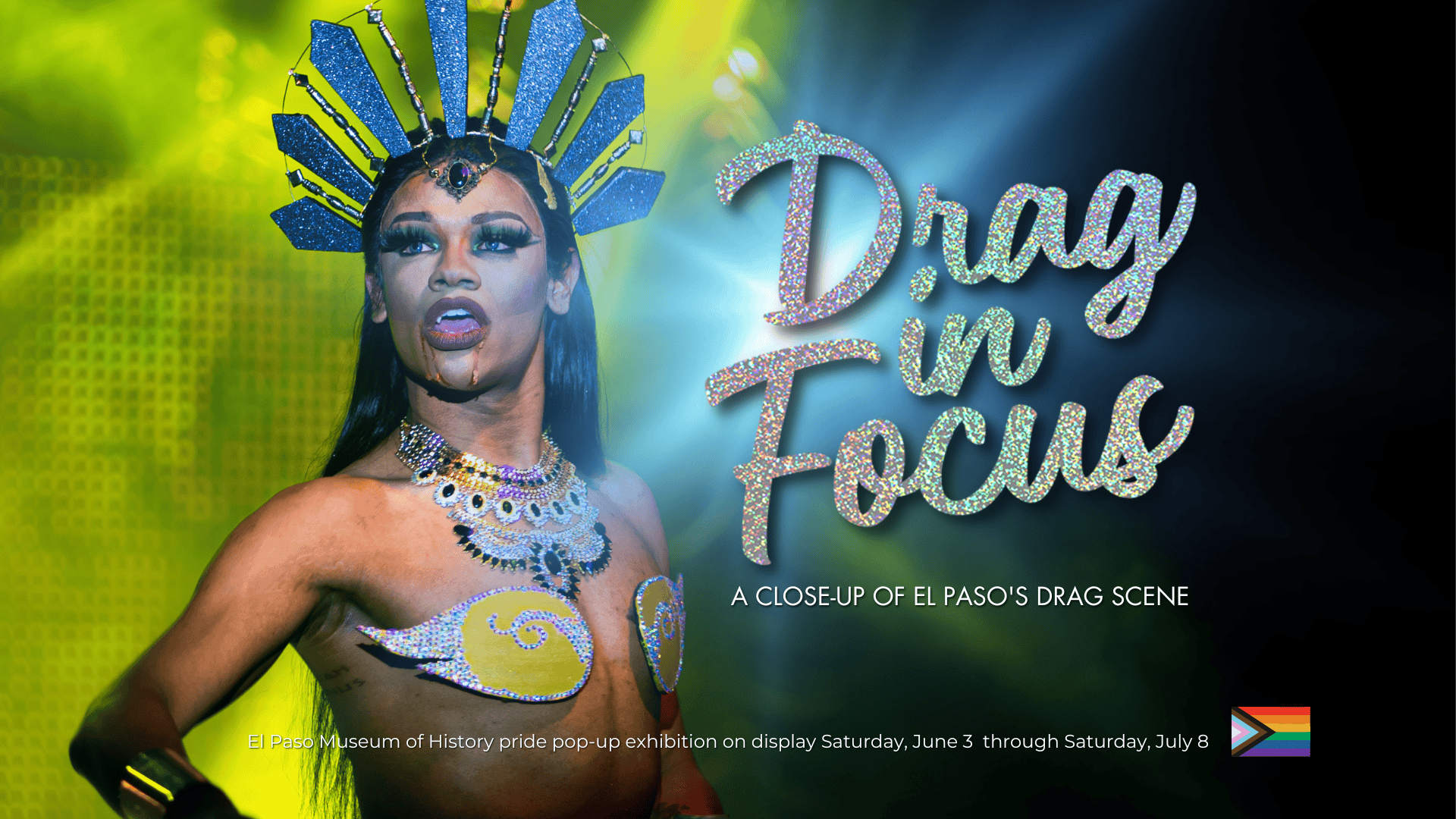
El Paso Museum of History
Drag is a crucial queer art form that provides a critique of gender and sexuality through costume and performance. However, conservatives across the nation are targeting drag, censoring creative expression. The El Paso Museum of History took a firm stance of support with “Drag In Focus: A Close-Up Of El Paso’s Drag Scene,” which highlights the contemporary drag community, including an active Drag Queen Story Hour program in the city. The pop-exhibit used photography and costume displays to celebrate drag performers as role models and vital members of the LGBTQIA+ community, tracking the history from underground performance to the mainstream through RuPaul’s Drag Race and other high-profile shows.
Dallas Arts District
Outside of a museum conference, I don’t think I’ve ever seen so many museums come together for one event! Dallas-Fort Worth is home to one of the largest queer communities in Texas. Therefore, the museums and organizations of the Dallas Arts District coming together for Pride Month just makes sense. The event was the largest of all the area’s Pride celebrations, featuring community art projects, a kiki ball, food trucks, and more. By opening their doors and grounds for this celebration, these museums and organizations are acknowledging the contributions of queer folx in art and culture, and providing essential affirming spaces to foster community.


KID Museum
The KID Museum’s Pride Celebration was one for the ages! Throughout the month, the museum ran a LGBTQIA+ #HistoryMakers exhibit, featuring queer icons from every era. Their June 4 celebration featured a mural painting project with Lisa Marie Thalhammer, where visitors were encouraged to participate in transforming the museum walls with a colorful celebration of love. Local LGBTQIA+ youth organizations and resources were on site so families could learn more about the community supports for queer youth. The KID Museum’s Pride Celebration balanced fun with history and community connection for a well-rounded campaign.
As museums reinvent themselves as anchors of diverse communities and elevate the experiences of traditionally underrepresented folx, I am eager to see the intentional ways we make space for queer history, art, and culture year-round. This sampling is just a sliver of the incredible inclusion work that goes on year-round, and inspiration for museum practitioners seeking to further LGBTQIA+ inclusion.
For more thoughts on getting queer inclusion in museums, be sure to consult Margaret Middleton for articles and resources.
